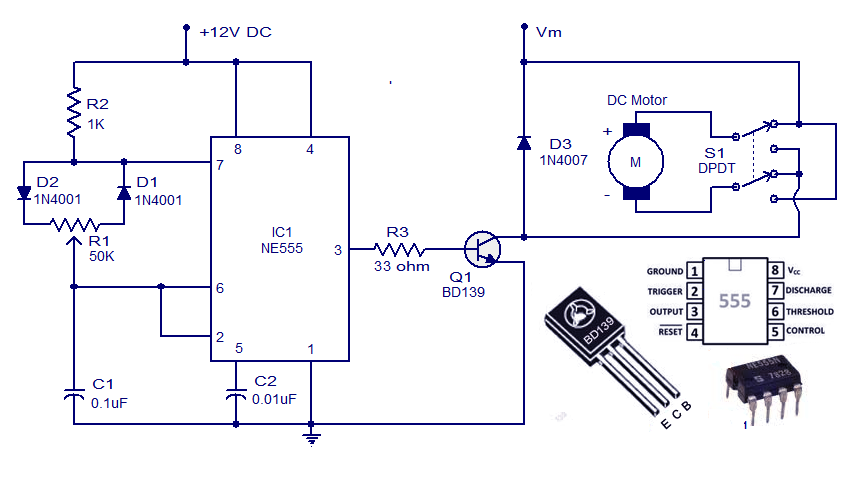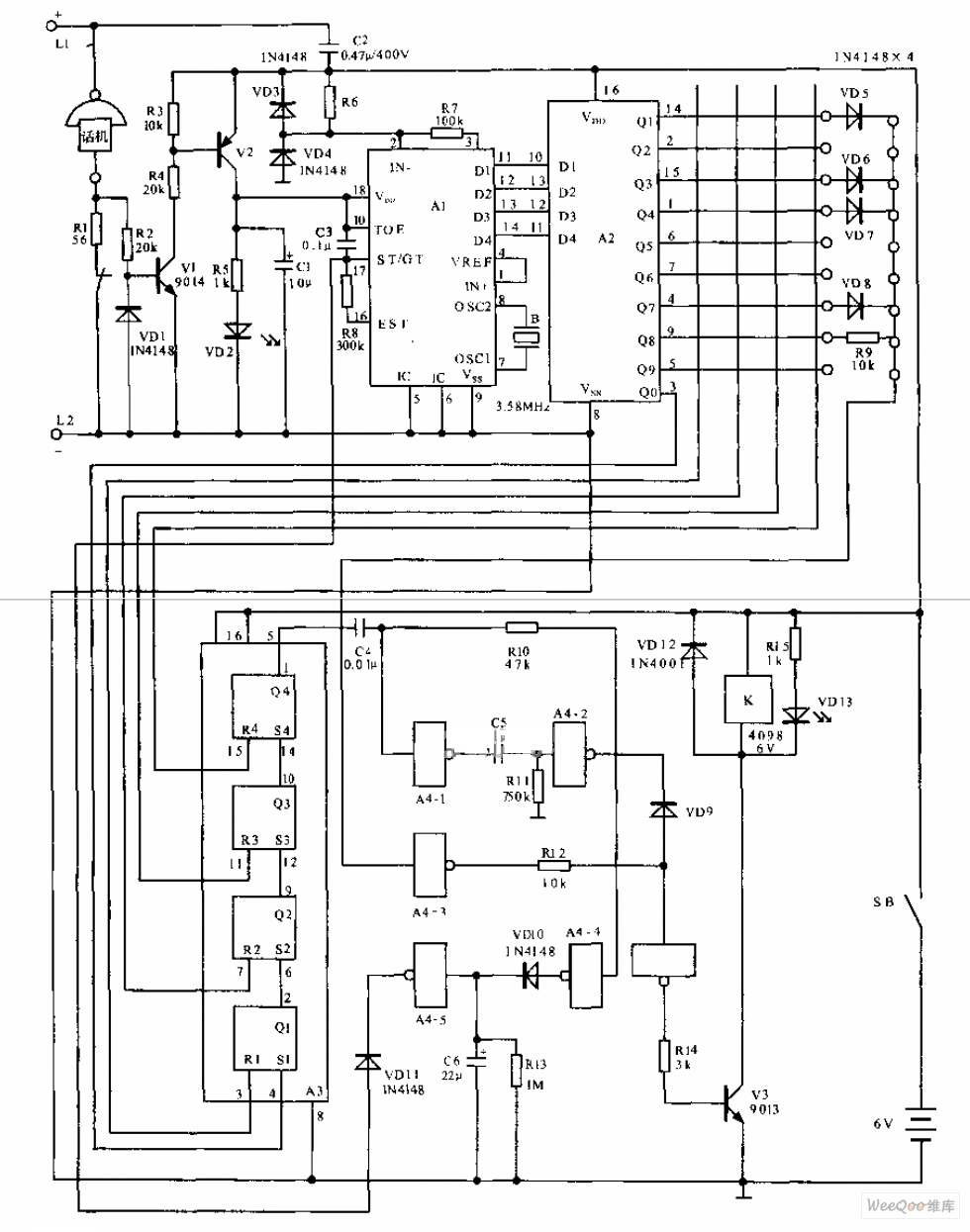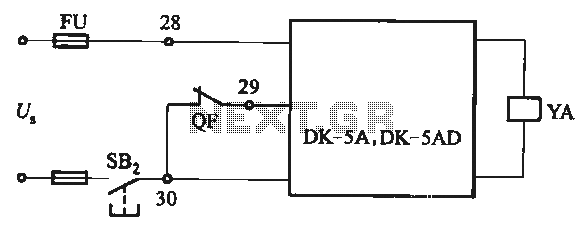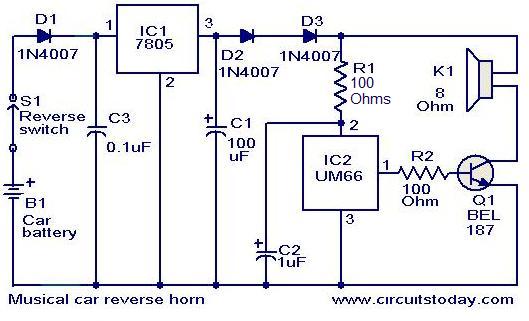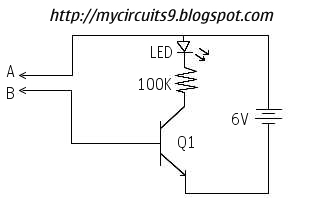
Soil Heater For Plants Circuit
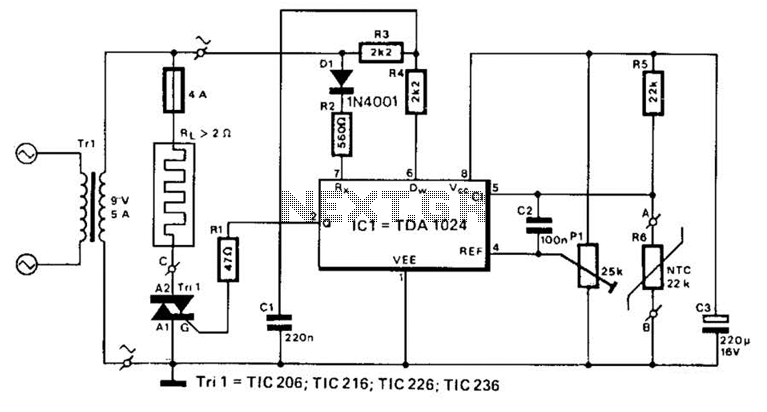
A TDA1024 electronic thermostat measures soil temperature using thermistor R6. The circuit employs zero-crossing switching to control the heater, which is constructed from elastic-coated steel wire. A potentiometer (PI) is utilized to adjust the temperature setting. The heater must have a resistance of 2 ohms or more and is powered by a 9-V transformer. Approximately 40 W of heat output is available.
The TDA1024 electronic thermostat is an advanced device designed for precise temperature control in soil applications. The core component, thermistor R6, is a temperature-sensitive resistor that changes its resistance based on the surrounding temperature. This property allows the thermostat to accurately gauge soil temperature, providing essential feedback for the control system.
The circuit's zero-crossing switching technique is a pivotal feature that enhances the efficiency of the heater operation. By switching the heater on and off at the zero-crossing point of the AC waveform, the circuit minimizes electrical noise and reduces electromagnetic interference (EMI), leading to a more stable operation. This method also helps in prolonging the lifespan of the heater and associated components by reducing thermal cycling stress.
The heater itself is constructed from elastic-coated steel wire, which provides durability and flexibility, making it suitable for various applications. The design requires the heater to have a minimum resistance of 2 ohms, ensuring it can handle the power requirements when connected to a 9-V transformer. With an output of approximately 40 W, the heater is capable of delivering adequate warmth to the soil, promoting optimal growing conditions for plants.
The potentiometer (PI) serves as an adjustable control element, allowing users to set the desired temperature threshold. This feature enables customization based on specific soil and plant requirements, enhancing the overall effectiveness of the heating system. The combination of these components creates a reliable and efficient electronic thermostat, suitable for agricultural and horticultural applications where precise temperature management is crucial. A TDA1024 electronic thermostat senses soil temperature via thermistor R6. The circuit uses zero-crossing switching of the heater. The heater is made of elastic-coated steel wire. PI is used to set the temperature. The heater should have 2 or more resistance and operate from the 9-V transformer. About 40 W of heat is available. 🔗 External reference
The TDA1024 electronic thermostat is an advanced device designed for precise temperature control in soil applications. The core component, thermistor R6, is a temperature-sensitive resistor that changes its resistance based on the surrounding temperature. This property allows the thermostat to accurately gauge soil temperature, providing essential feedback for the control system.
The circuit's zero-crossing switching technique is a pivotal feature that enhances the efficiency of the heater operation. By switching the heater on and off at the zero-crossing point of the AC waveform, the circuit minimizes electrical noise and reduces electromagnetic interference (EMI), leading to a more stable operation. This method also helps in prolonging the lifespan of the heater and associated components by reducing thermal cycling stress.
The heater itself is constructed from elastic-coated steel wire, which provides durability and flexibility, making it suitable for various applications. The design requires the heater to have a minimum resistance of 2 ohms, ensuring it can handle the power requirements when connected to a 9-V transformer. With an output of approximately 40 W, the heater is capable of delivering adequate warmth to the soil, promoting optimal growing conditions for plants.
The potentiometer (PI) serves as an adjustable control element, allowing users to set the desired temperature threshold. This feature enables customization based on specific soil and plant requirements, enhancing the overall effectiveness of the heating system. The combination of these components creates a reliable and efficient electronic thermostat, suitable for agricultural and horticultural applications where precise temperature management is crucial. A TDA1024 electronic thermostat senses soil temperature via thermistor R6. The circuit uses zero-crossing switching of the heater. The heater is made of elastic-coated steel wire. PI is used to set the temperature. The heater should have 2 or more resistance and operate from the 9-V transformer. About 40 W of heat is available. 🔗 External reference
